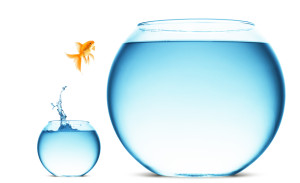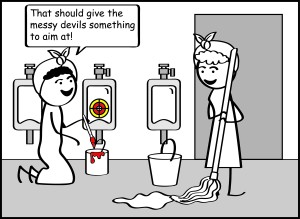“Ask, seek, and knock.” These are Jesus’ iconic words: Ask and it will be given to you; seek and you will find; knock and the door will be opened to you. Notice how our three intelligence centers are used differently here.
 “Asking” comes from our head intelligence center and is cerebral and verbal; we ask for what we most need and want. Please, please, please I want to create something really beautiful!
“Asking” comes from our head intelligence center and is cerebral and verbal; we ask for what we most need and want. Please, please, please I want to create something really beautiful!
“Seeking” focuses on our heart intelligence center. This is more than asking; it is an exploration of what will be most meaningful, authentic and satisfy/answer our heart’s emotions and desires.
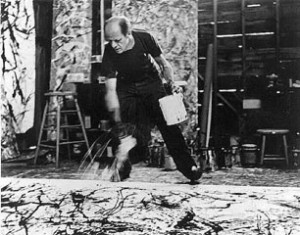 To “knock” involves our body/gut intelligence center. It requires physical movement, one where we take action. Asking and seeking are essential (head and heart centers), however they would be incomplete without knocking (gut/body center). One of the exemplars in my book, Jackson Pollock knocked on a different artistic door– by painting vertically instead of horizontally– he broke convention with his gut centered creativity.
To “knock” involves our body/gut intelligence center. It requires physical movement, one where we take action. Asking and seeking are essential (head and heart centers), however they would be incomplete without knocking (gut/body center). One of the exemplars in my book, Jackson Pollock knocked on a different artistic door– by painting vertically instead of horizontally– he broke convention with his gut centered creativity.
In my worldview, it’s good to pray and seek God, but if I do not also act in faith, all is for naught. It’s no accident Jesus said we should love God with all our heart, soul, strength, and mind (all three intelligence centers). We know a universal law is, “we reap what we sow.” This is true in many world views, including the Buddhist Law of Karma and in the Holy Qur’an. In Hinduism, Karma is a causality system where beneficial effects are derived from past beneficial actions and harmful effects from past harmful actions.
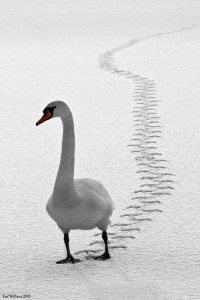
Mute Swan, Loch Ard, Trossachs
When considering our creative pursuits it starts with asking and seeking– but ultimately it is about what we do, our executions, that eventually comes back to us in a transformed state. As a writer I am prolific in the “asking” mode with many questions (regarding my subject), which leads to intense and pleasurable researching, which in turn can lead me down wild goose chases… leaving my manuscript deserted of words for weeks or months. Or perhaps if I’ve shifted to the “seeking” mode, such as moving from nonfiction writing to “seeking” to do a fictional allegory for my next book– then I hit the wall. Major obstacle, overwhelmed. I am inexperienced in this style of writing and doubt my abilities.
I can stay stuck “seeking” and “asking” how to overcome obstacle(s) or I can KNOCK. Bang away by JUST WRITING, fully expecting my lack of confidence obstacle will transform into a door! A door which is the portal for me to write it my way. Its no time to be suffocating on my doubts and weak-kneed. I write in faith, which means pounding on that door boldly. If that door is not the portal for me, than I’ll pound on another door (idea) with my ideas in order to best tell my story. Because I have been asking and seeking, I believe the door will be opened for me. The process is cyclical, involving asking, seeking and knocking.
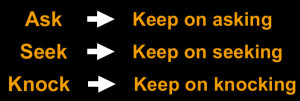
Creativity is not static, routine, repetitious or dull but is dynamic (involves many doors) and all three of our intelligence centers. The “knocking” will eventually open the right door and bring the “aha” moment needed for clarity.
What about you– do you find yourself doing more asking, seeking or knocking?
Thank you for reading my post. I am an organizational and business consultant living in the mountains of Santa Fe, New Mexico with my husband and dogs. My core message of everyone is creative resonates with people of all ages and walks of life. I invite all to become the best version of themselves and find true meaning by pursing long term creative quests.
Read more in my book: The Three Sources of Creativity: Breakthroughs from Your Head, Heart and Gut

